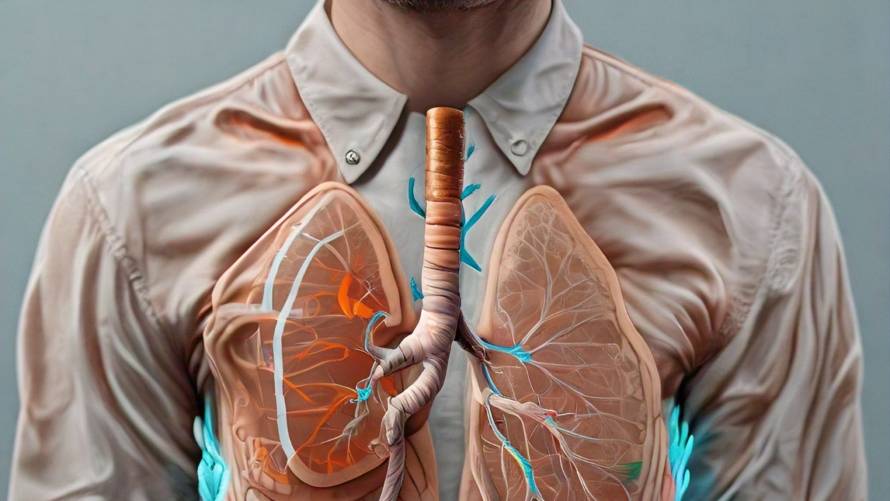Researchers have discovered a new bacterial killer that can target common lung infection caused by Burkholderia bacteria that has exciting potential for biotechnological applications.
The Burkholderia cepacia complex is a group of bacteria that can cause lung infections, which can be fatal for those with serious lung diseases, particularly Cystic Fibrosis. Infections caused by Burkholderia cenocepacia are difficult to treat, as they can evade antibiotics by pumping them back out of the bacterial cell or by hiding inside human cells.
Scientists from the Sagona lab at the University of Warwick, UK, were interested in finding a way to target these evasive bacteria. One method that researchers are looking into more widely is the use of bacteriophages (phages). Phages are naturally occurring viruses that can infect and kill bacteria. There are more phages in the world than bacteria, animals and humans combined, but they are not yet widely used as clinical treatments in the UK other than as a last resort.
Researchers began by considering where to look for phage that can target and kill B. cenocepacia in the hopes of providing alternative therapeutics for those suffering from infection. Wastewater, particularly from hospitals, is a great source of phages that can target specific bacteria. If Burkholderia are present in wastewater, due to the input of bacteria from humans, phages that can infect and kill these bacteria will also be present and can be isolated by scientists.
Dr Jessica Lewis, who conducted the study, began by taking samples of wastewater from a sewage treatment works outside of Coventry, UK, and isolated a phage specific to B. cenocepacia. Not only did the phage kill B. Cenocepacia when tested, analysis also revealed that the phage is what is known as a jumbo phage. A jumbo phage has a genome which is more than double the size of an average phage. It’s rare – only a few hundred jumbo phages have been discovered since the first was isolated in 1978.
Discovery of a jumbo phage is particularly exciting due to the potential of the unknown elements of its genome. More than 400 genes (around 85% of the total genes) in the new phage have unknown functions. Dr Lewis and her colleagues are now sequencing the DNA of their jumbo phage in an effort to identify potential genes with powerful new functions.
According to Dr Lewis, this is just the beginning: “phage therapy with regular phage is step A, but if we do not want a repeat of resistance and similar problems that we face with antibiotics, we will need to optimise them.” Dr Lewis and her team hope that by sequencing the jumbo phage genome they can find DNA that can be engineered to contain further biological weaponry, increasing the phage’s arsenal of tools to target and kill B. cenocepacia.
While there is a lot more research needed to work towards human and clinical applications of phages, researchers are also limited by UK policy. Dr Lewis said “Currently in the UK, we cannot make our own phage therapeutics. We would have to isolate the phages here and send these off to certified phage companies either in mainland Europe or America, so that they can generate purified phage cocktails (which are approved for phage therapy and can be applied to patients) and send those back to us”. Despite these limitations, Dr Lewis and her team are continuing to pursue the use of phage to target B. cenocepacia and hope that their work will contribute to the wealth of phage research that will one day be used to treat patients.


